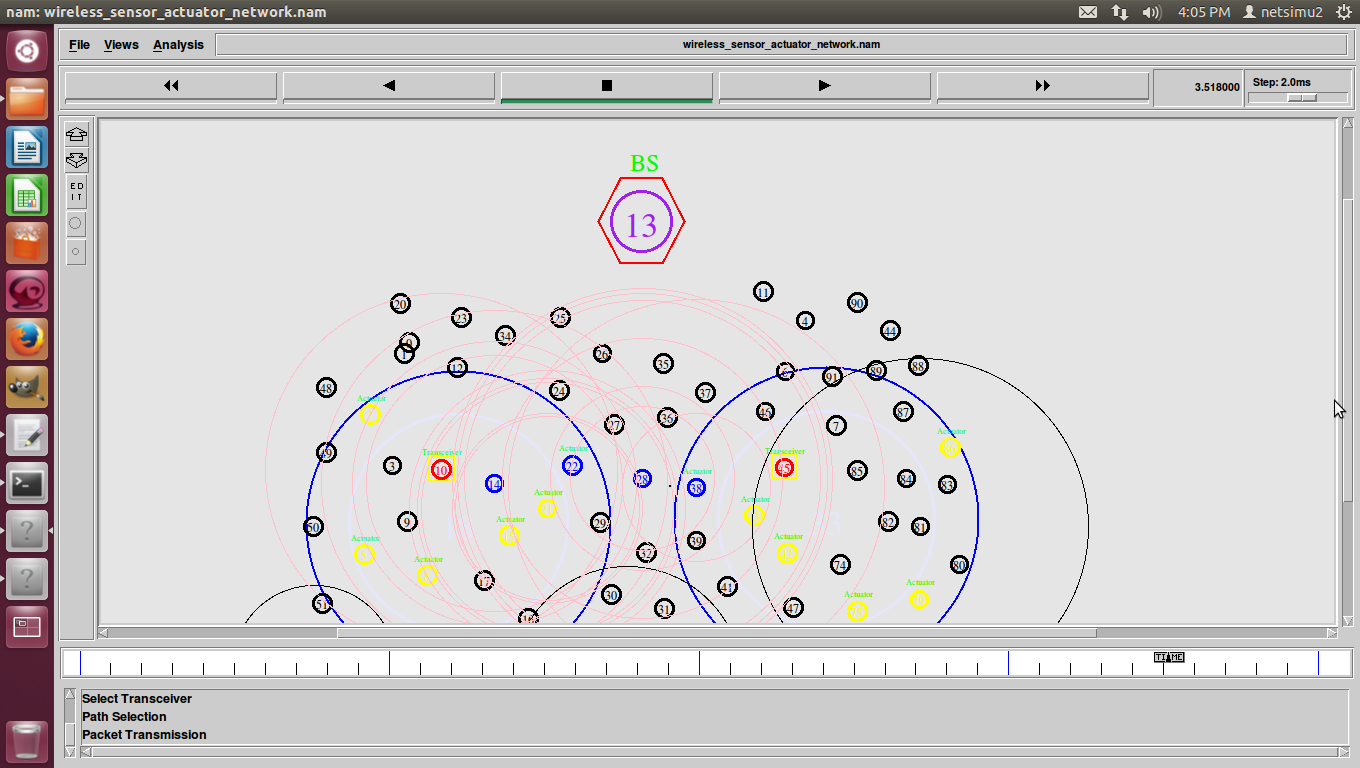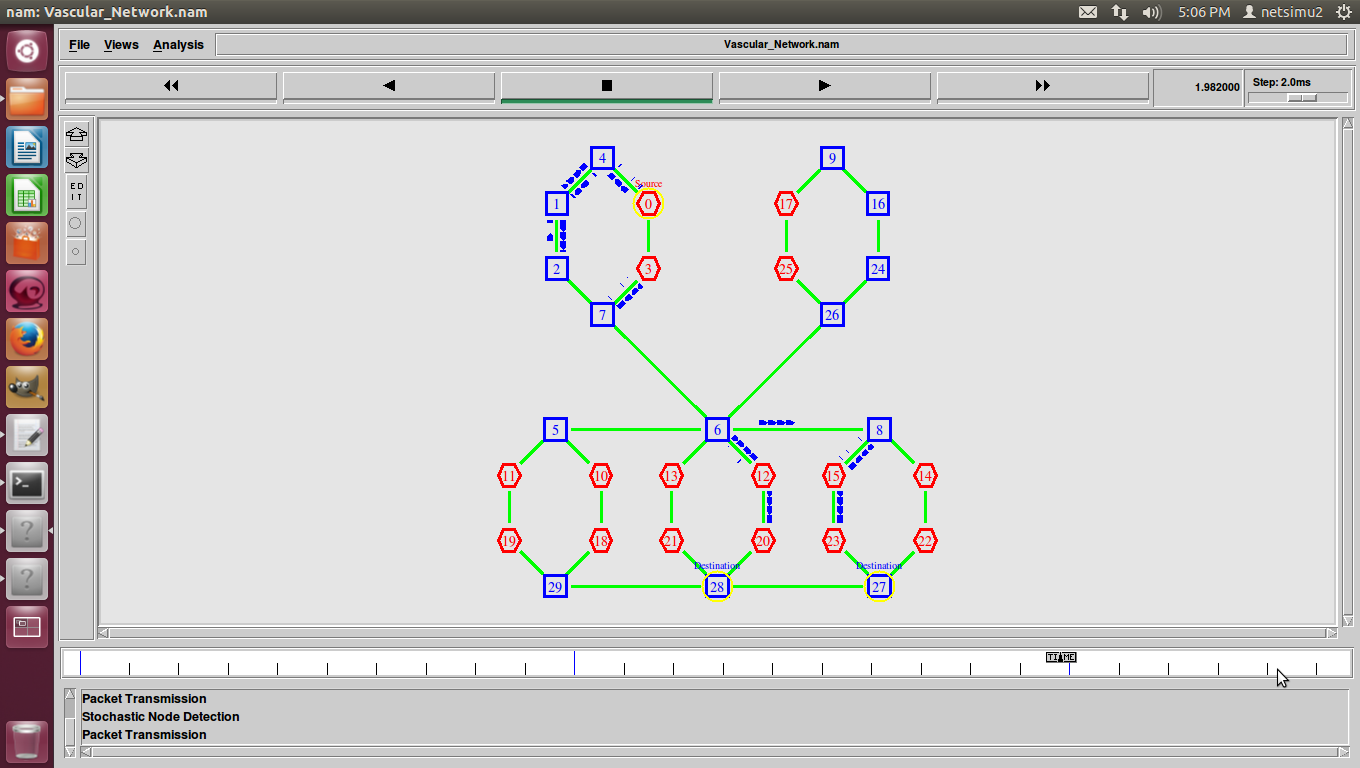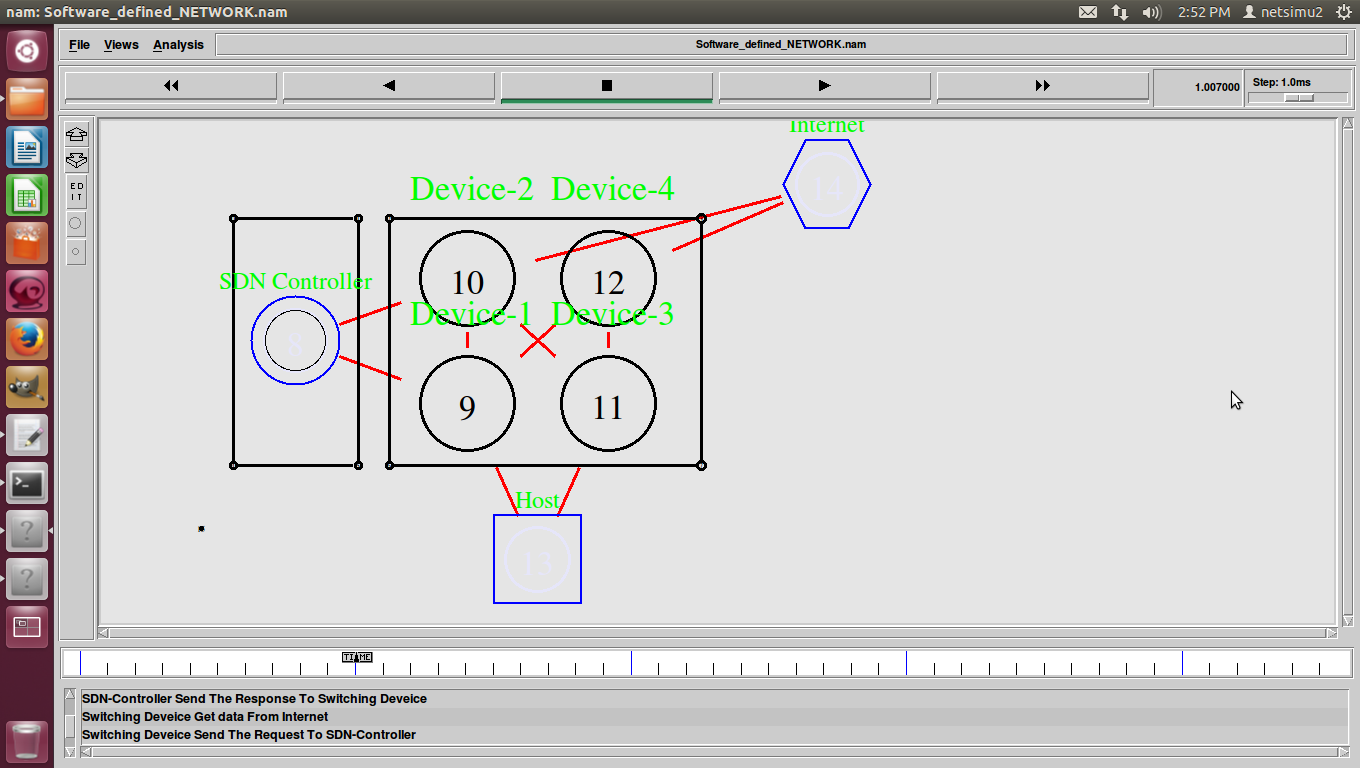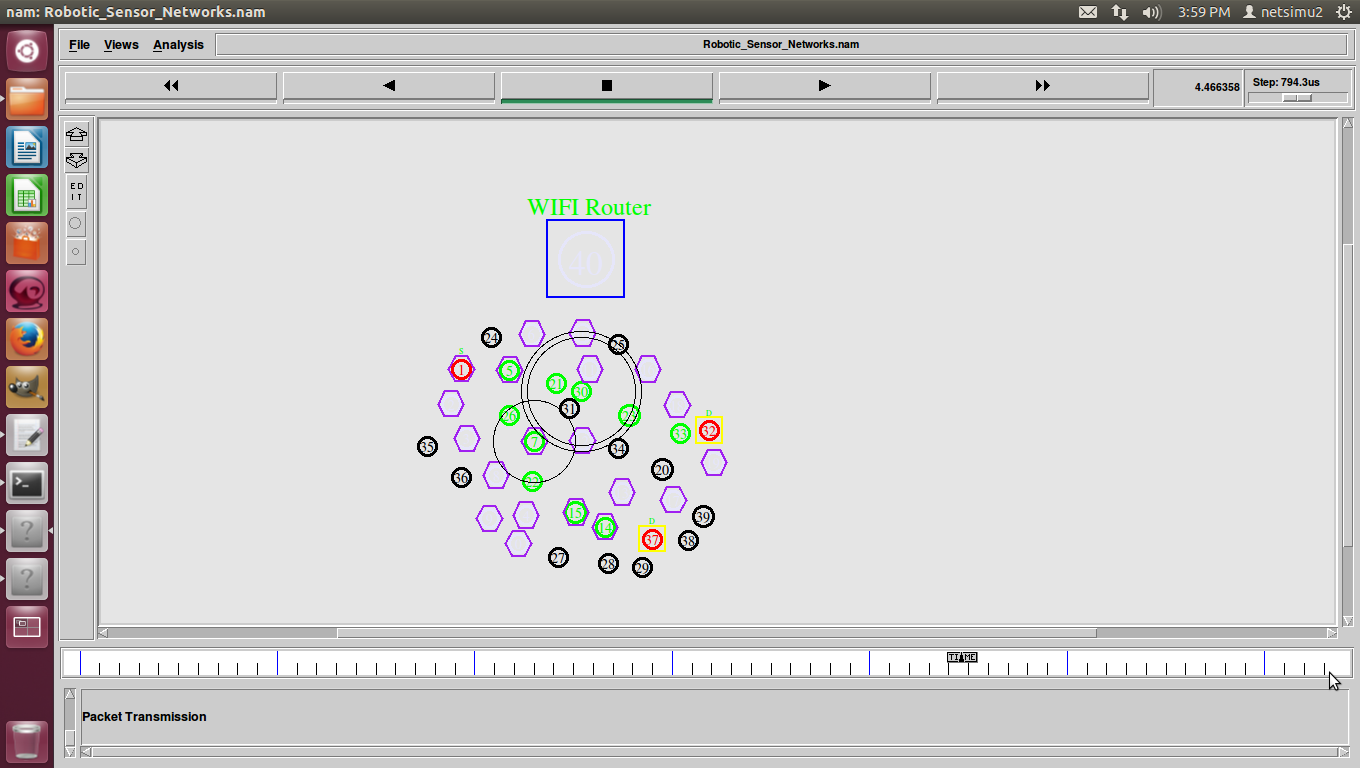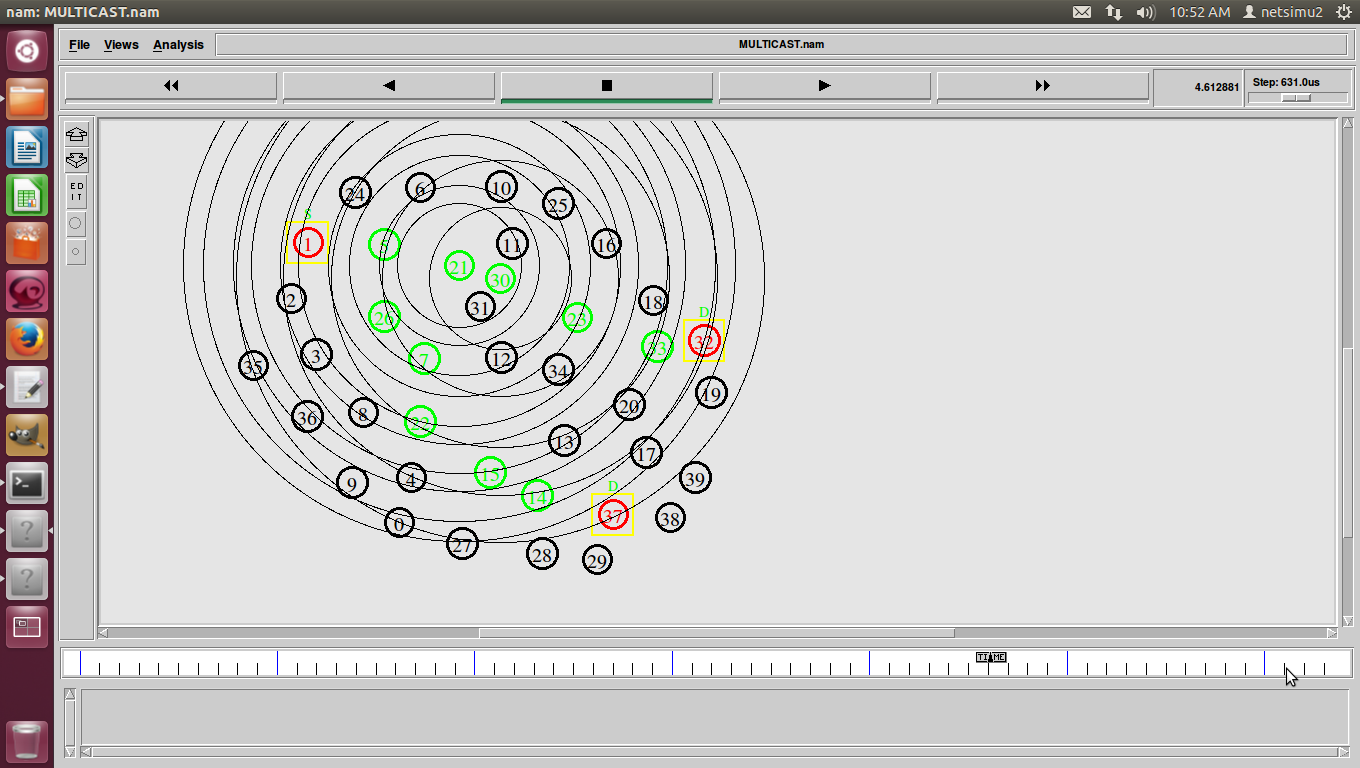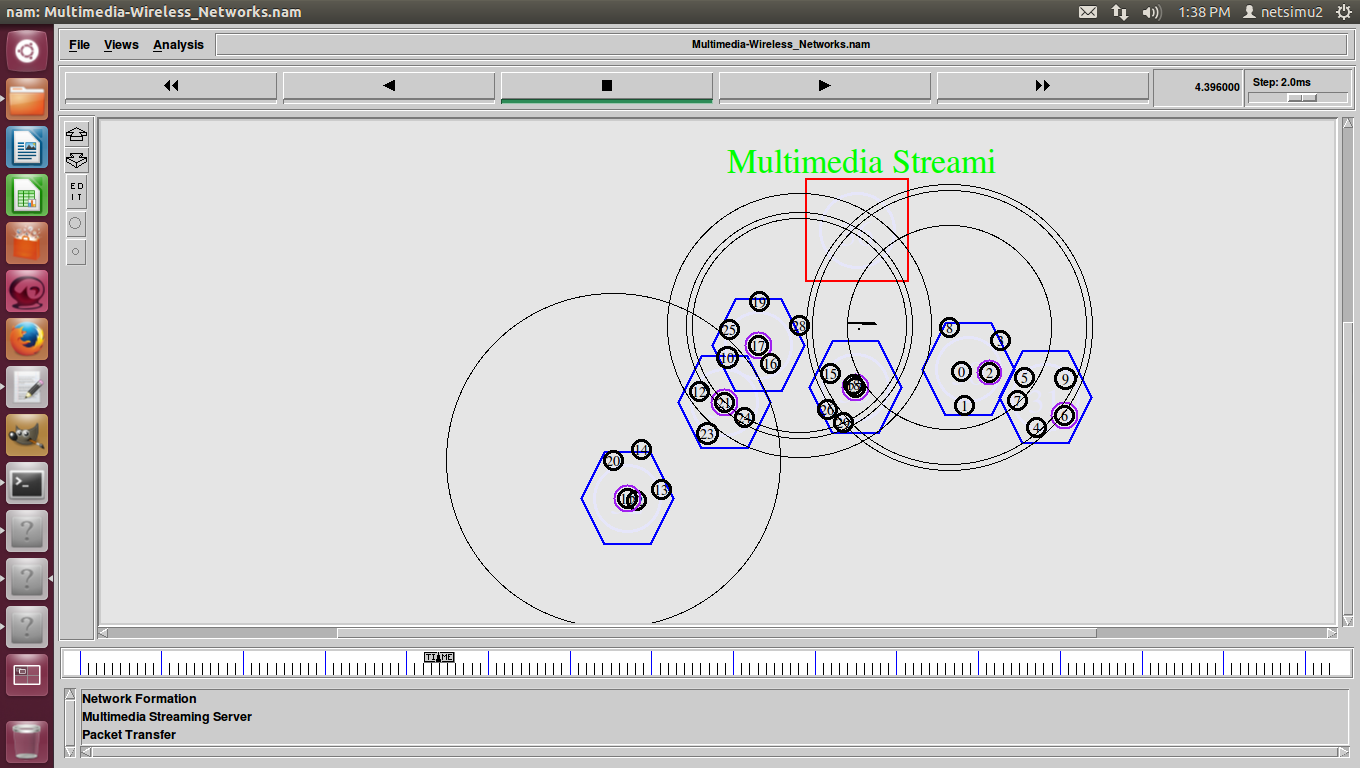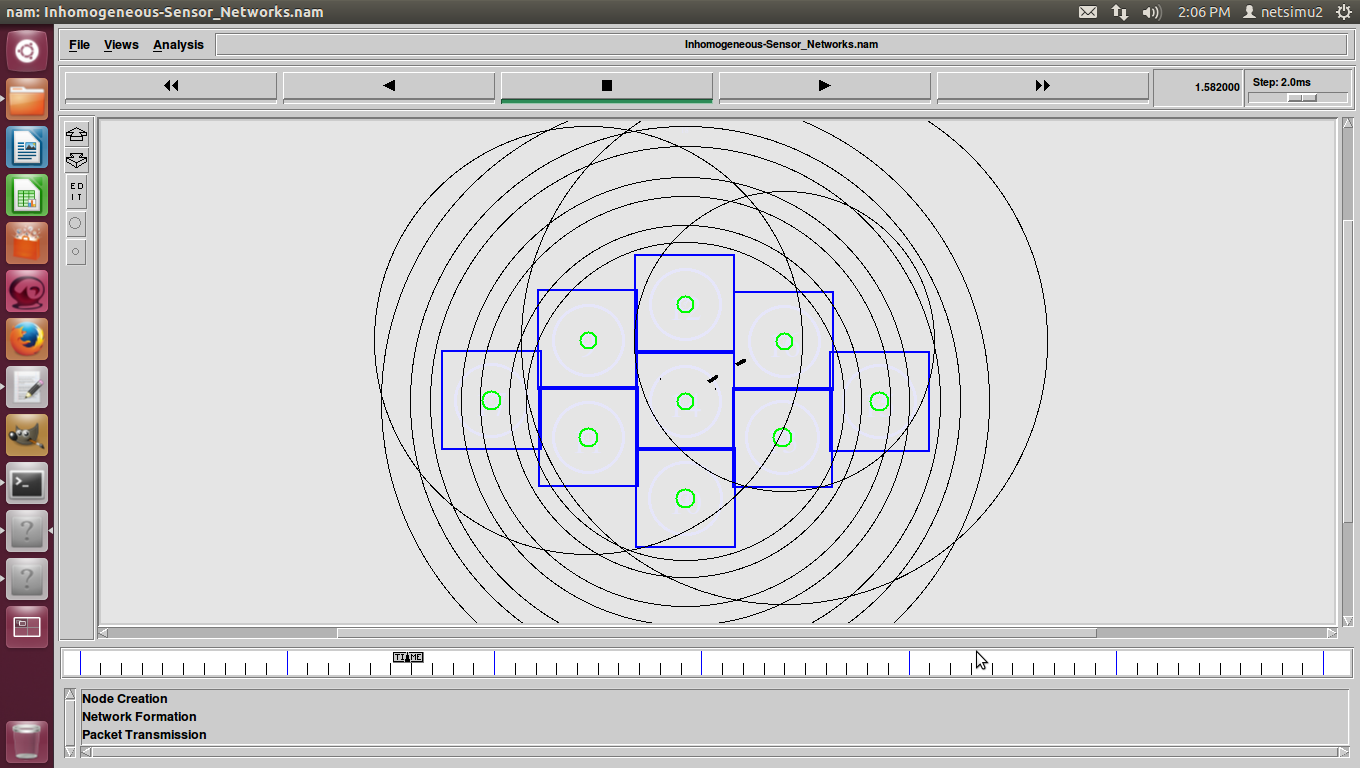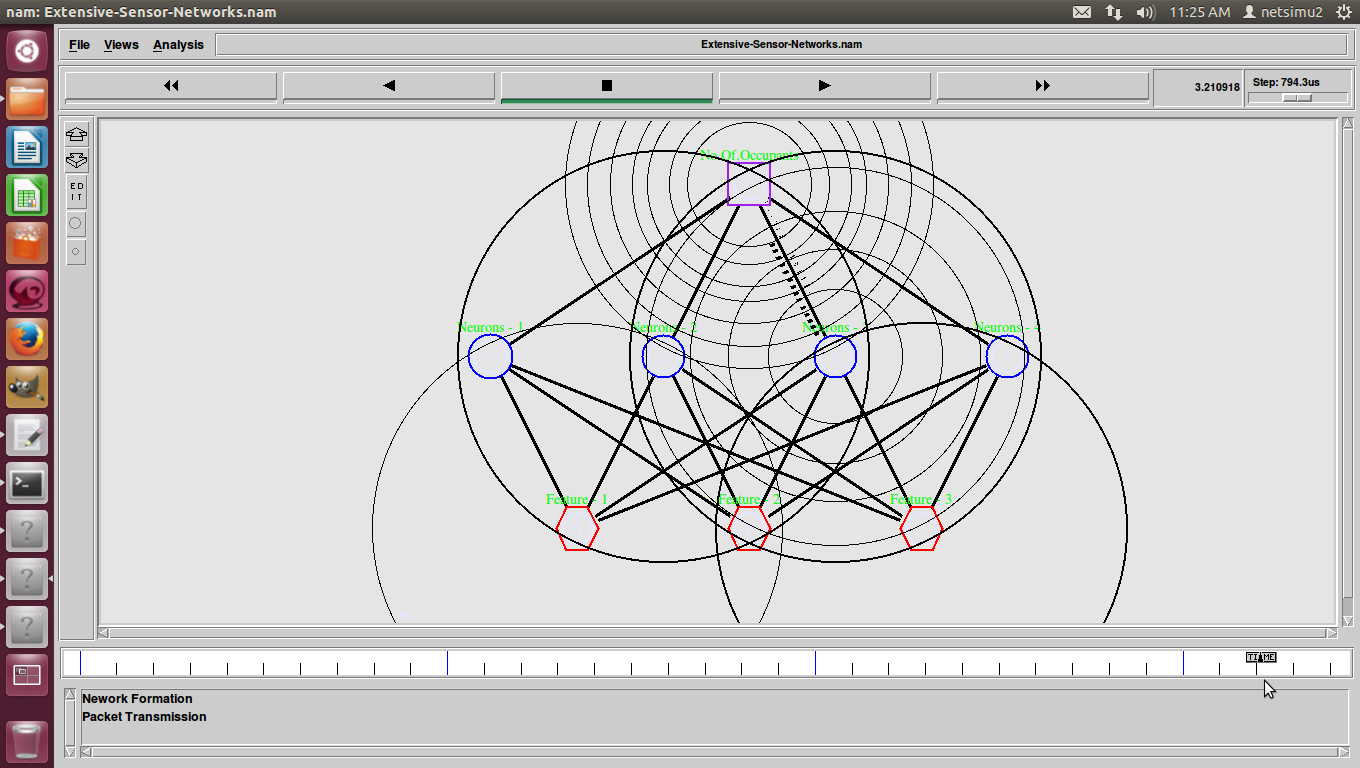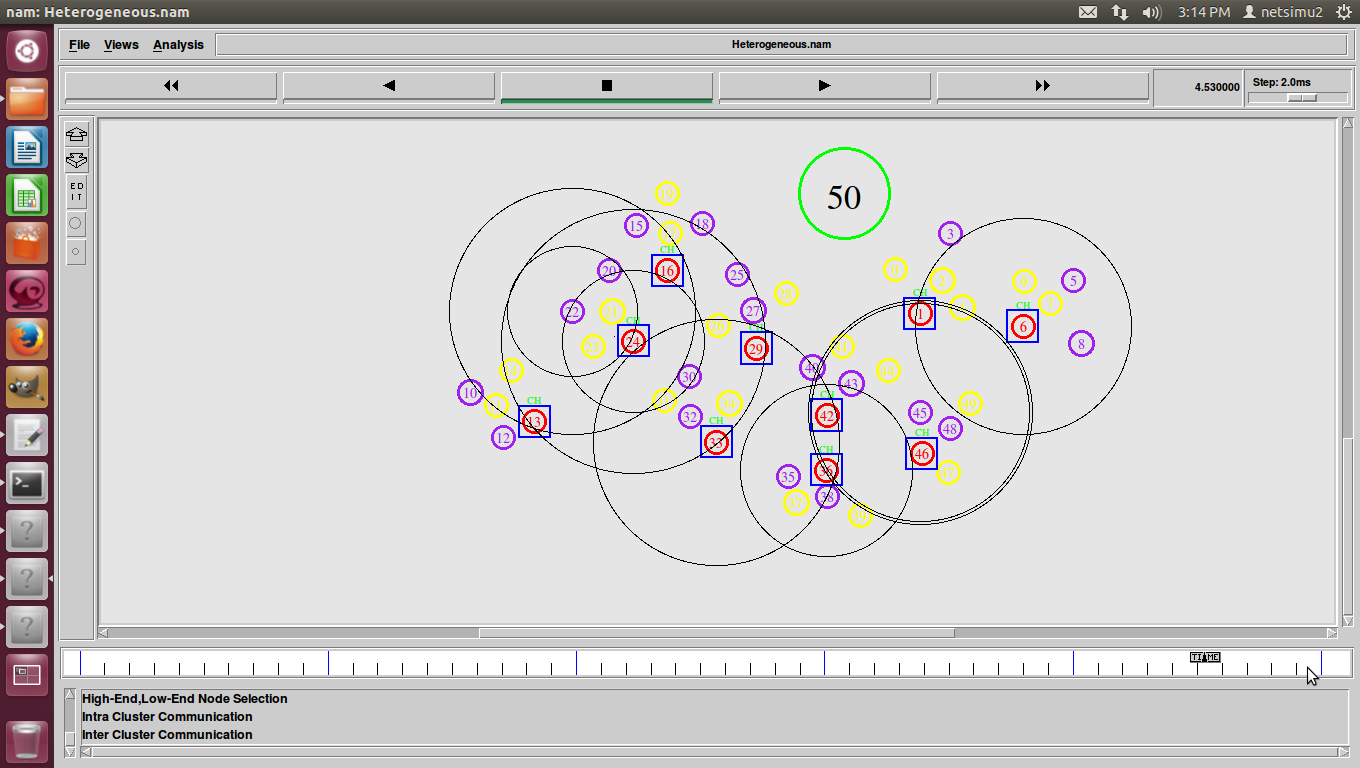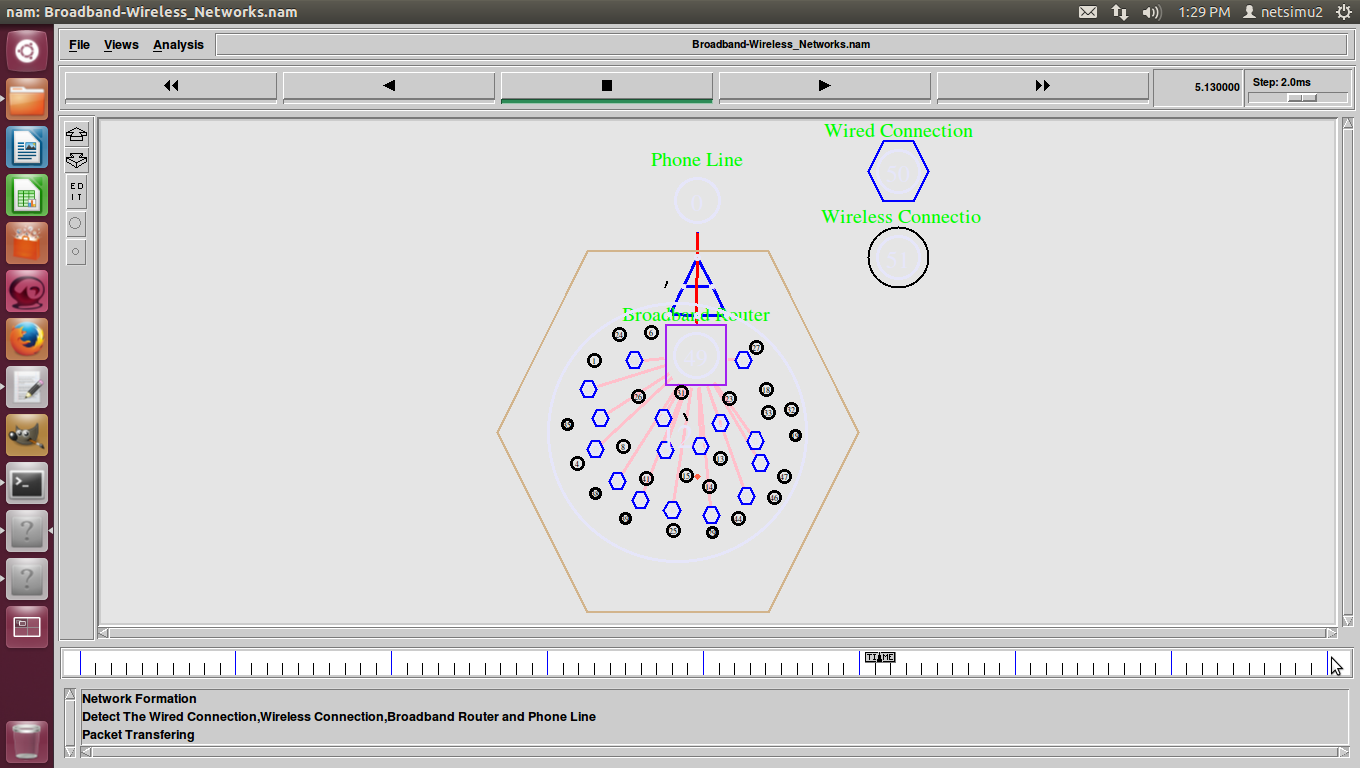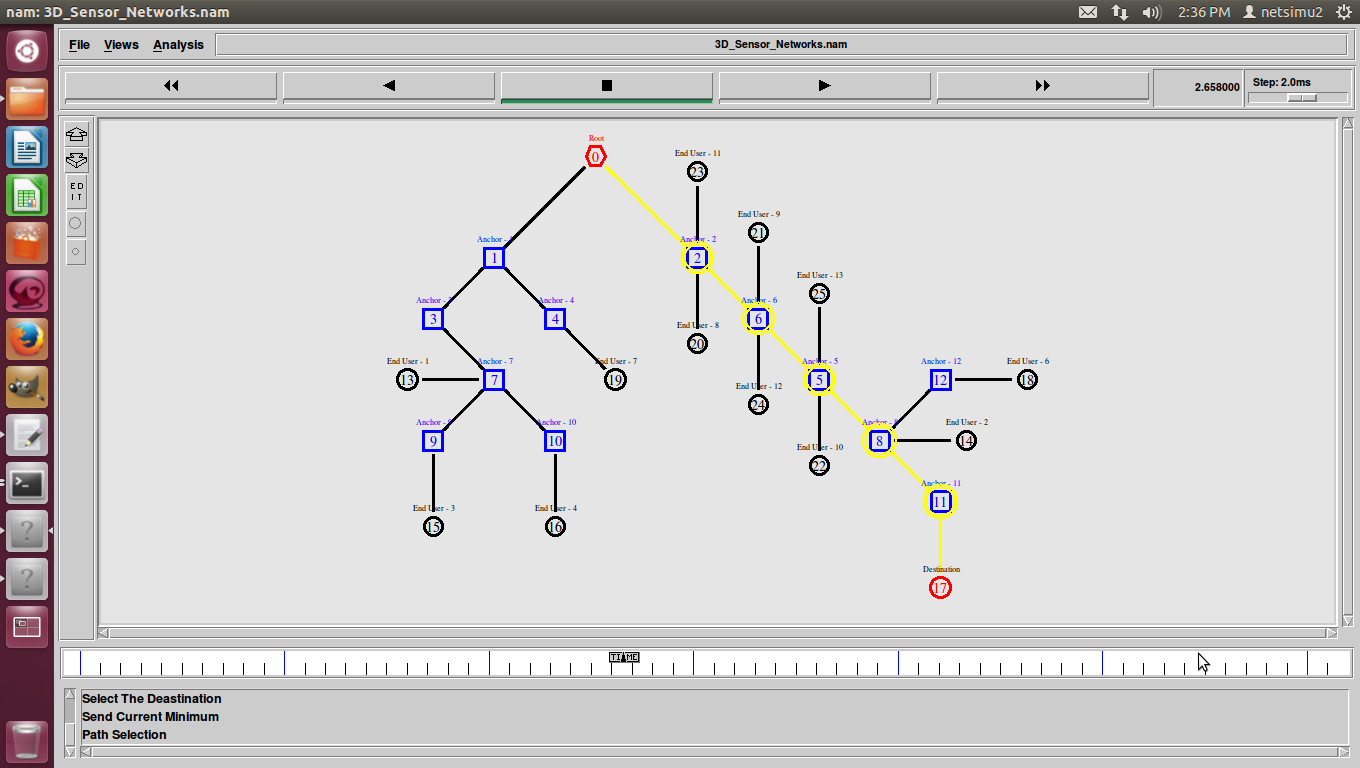13.6 A 600μW Bluetooth low-energy front-end receiver in 0.13μm CMOS technology
One of the main goals for the next generation of radios for wireless sensor and body-area networks(WSN and WBAN) is a sub-mW receiver (RX) compliant with energy-harvested supplies. In this direction, the Bluetooth standard has introduced a low-energy operative mode (BLE) with wider channel spacing (2MHz) and relaxed blocker tolerance. The minimum sensitivity required is -70dBm but even with a sensitivity 10dB lower the BLE receiver can have a noise figure close to 19dB [1]. Although linearity and noise specs have been significantly relaxed, the design of a sub-mW solution remains challenging since the power dissipation cannot be simply scaled with the spurious-free-dynamic-range (SFDR).
In fact, the ultimate bound is set by the power burned in the voltage-controlled oscillator (VCO), which is used for the generation of the local oscillator (LO) necessary for the signal downconversion. Since, for a targeted phase noise, the current required by the VCO is inversely proportional to the quality factor of the resonator adopted, a straightforward approach is to use a high-Q tank like the FBAR used by Wang et al. [2]. However in low-cost CMOS processes, when high-Q resonators are not present, an alternative strategy is to share the VCO bias current with the other blocks of the RF front-end as in the LMV cell proposed by Tedeschi et al. [3].






